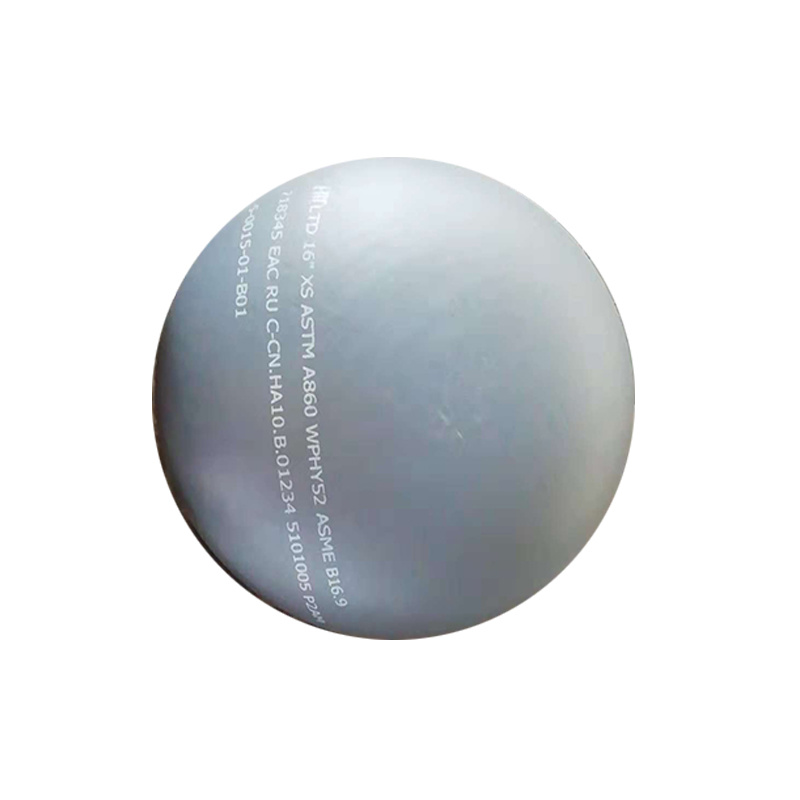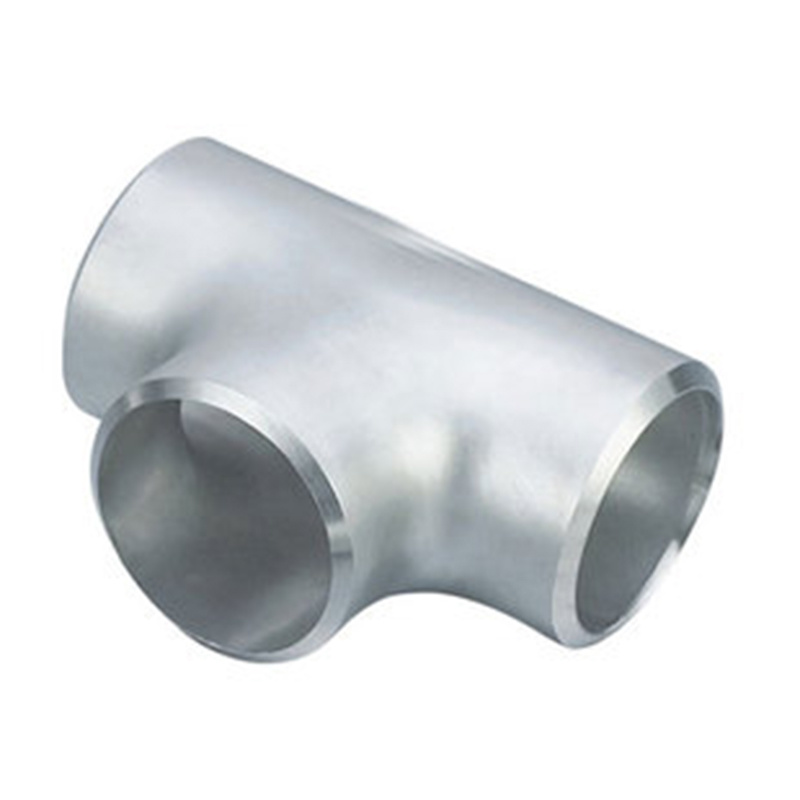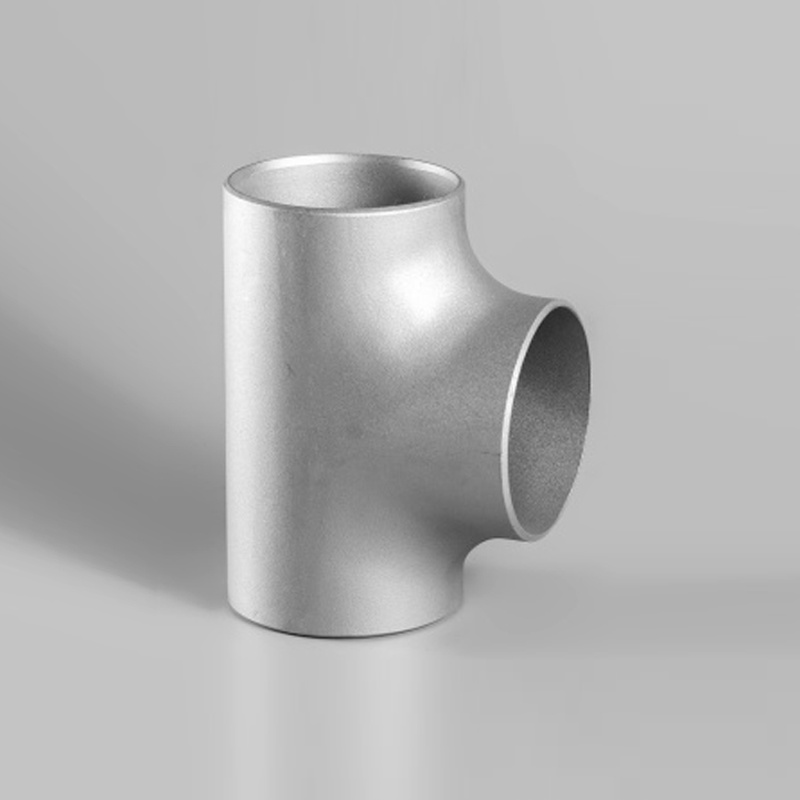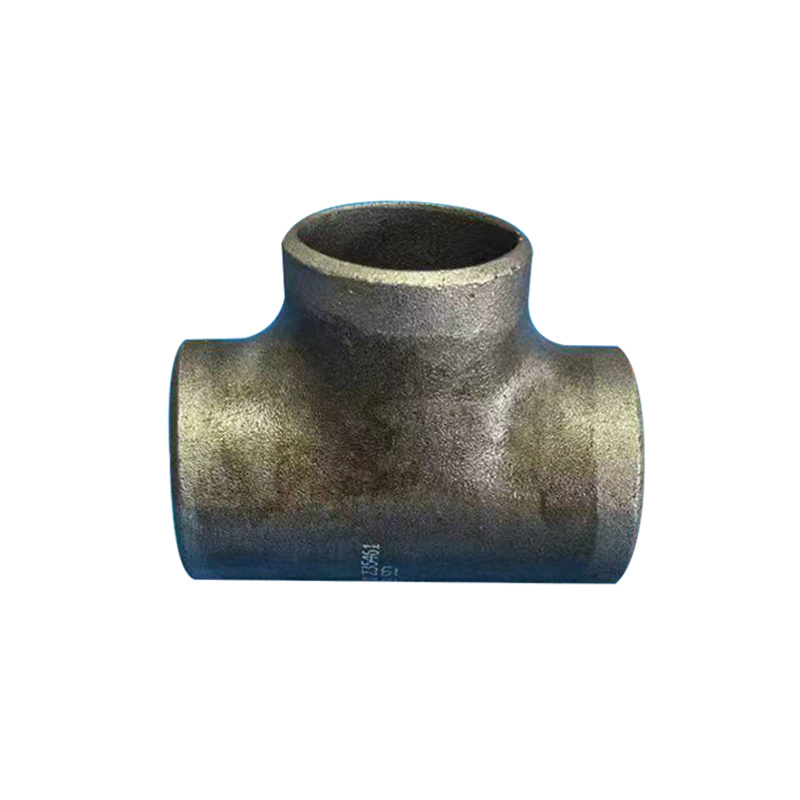
Share to
Welded steel Pipe
Still deciding? Get samples first, Contact US !
View similar products
Tag list
- Description
-
Definition and structural features
Welded steel pipe is a steel pipe made of steel plate or steel strip after crimping and welding. The main difference between it and seamless steel pipe is that there is a longitudinal or spiral weld on the steel pipe. The production process is relatively simple and the cost is low. For example, the common straight seam steel pipe is to curl the steel strip into a tube through the forming machine, and then weld the interface through the welding process, the weld is generally in a straight line, along the length of the steel pipe.
Production technology
Forming process: The first is the preparation of the steel strip, the steel strip needs to go through the pretreatment process such as leveling and cutting edge. The steel strip is then rolled into a tubular shape by a forming machine. In this process, the roll of the forming machine gradually bends the steel strip so that it forms a round or other desired tubular shape. For example, in some small slotted steel pipe production workshops, it can be seen that the steel strip gradually becomes a hollow tubular structure under the action of a series of rolls.
Welding process: The formed steel pipe needs to be welded. The main welding methods are high-frequency resistance welding, submerged arc welding and so on. High frequency resistance welding is the use of high frequency current on the edge of the steel strip generated resistance heat welding, welding speed is fast, good weld quality. Submerged arc welding is to bury the arc under the flux layer for welding, this method is suitable for thicker steel strip welding, weld forming beautiful, high strength. For example, submerged arc welding is a more suitable welding method for some large caliber and thick wall slotted steel pipes.
Follow-up treatment: After welding, the steel pipe needs to undergo a series of follow-up treatments. Including non-destructive testing of welds, such as ultrasonic inspection, X-ray inspection, etc., to ensure that the quality of welds meets standards. It is also necessary to carry out sizing, straightening and other processes to make the dimensional accuracy and straightness of the steel pipe meet the requirements. Finally, according to the different application needs, the steel pipe may also need to be surface treatment, such as galvanized, painted, etc., to enhance the corrosion resistance of the steel pipe.
Performance characteristics
Mechanical properties: The strength and toughness of welded steel pipes and other mechanical properties depend on its material and manufacturing process. Generally speaking, its strength can meet the needs of many ordinary industrial and civil occasions. For example, the slotted steel pipe used in the construction industry for low-pressure fluid transportation can achieve a certain yield strength and can withstand normal fluid pressure. However, compared with seamless steel pipes, the strength of welded steel pipes may be slightly lower under the same outer diameter and wall thickness, especially under extreme conditions such as high pressure and high impact loads.
Corrosion resistance: The corrosion resistance of welded steel pipes is mainly enhanced by surface treatment. If the surface is not effectively protected, the weld may be vulnerable to corrosion. For example, in a humid environment, an untreated weld may rust first. However, corrosion resistance can be effectively improved by galvanizing, painting and other anti-corrosion measures. Galvanized welded steel pipes are widely used in many outdoor structures, such as fences, scaffolding, etc., and the galvanized layer can prevent the steel pipes from being eroded by rain.
Dimensional accuracy and appearance: in terms of dimensional accuracy, slotted steel pipes can achieve certain accuracy requirements through sizing and other processes, but because the welding process may lead to some deformation, its dimensional accuracy may be slightly worse than seamless steel pipes. In appearance, the weld of the welded steel pipe is its obvious feature, although after some treatment, but in careful observation can still see the weld marks.
Application field
Construction industry: In building structures, welded steel pipes are used to build scaffolding, as support for building templates, etc. For example, in the construction of high-rise buildings, a large number of slotted steel pipes are used to build scaffolding to provide a safe working platform for construction personnel. The price of these welded steel pipes is relatively low, which can meet the temporary support and protection needs during the construction process.
Low pressure fluid transport: used to transport water, gas and other low pressure fluids. In the urban water supply and gas supply pipeline system, part of the use of slotted steel pipes. For example, in the case of water supply pipelines inside some residential areas, the slotted steel pipe can effectively transport domestic water under low pressure, and its cost advantage makes it widely used in these fields.
Machinery manufacturing industry: as a structural component of some mechanical equipment, such as the frame of some simple machinery, protective guardrail, etc. For example, in some small agricultural machinery, the slotted steel pipe can be used to make a protective fence to prevent the operator from touching the moving parts, while its cost is low, in line with the requirements of cost control in machinery manufacturing.
Welded steel Pipe
Still deciding? Get samples first, Contact US !
Products Category
Tag list
Inquire Now
Note: Please leave your email address, our professionals will contact you as soon as possible!











